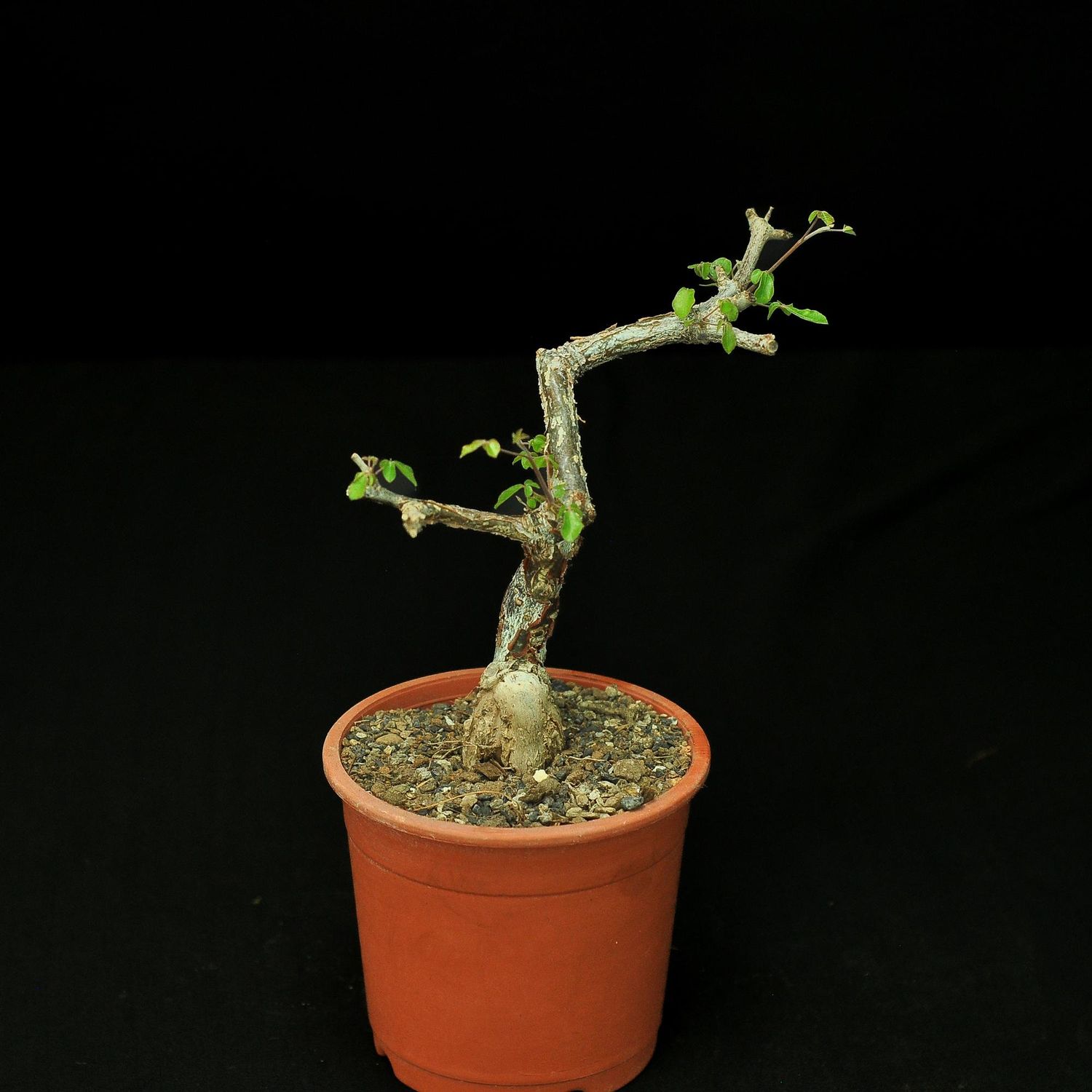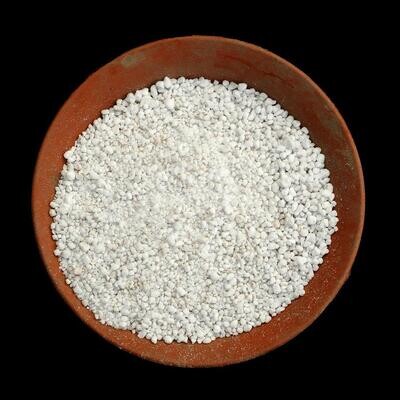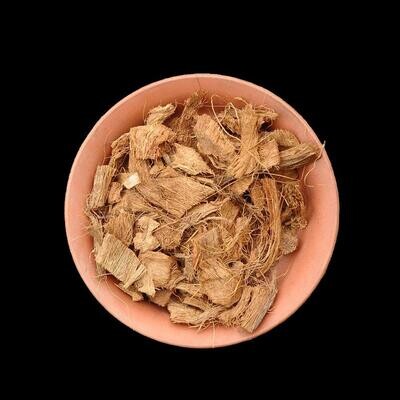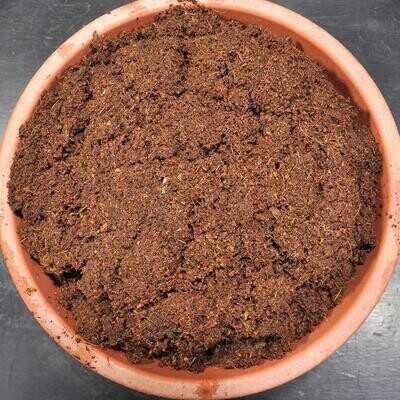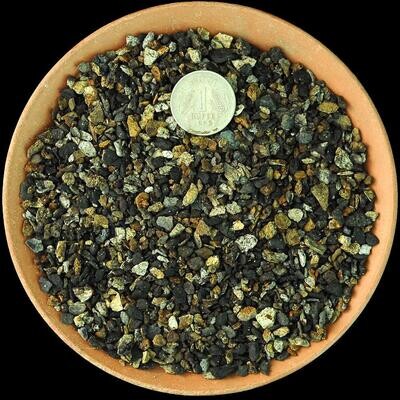Please check the Shipping Updates Page for information on shipping.
Commiphora orbicularis
Etymology
The genus name "Commiphora" is derived from the Greek words "kommi" (gum) and "phora" (bearer), reflecting the gum-producing characteristics of many species within this genus. The species name "orbicularis" comes from Latin, meaning "circular" or "rounded," a reference likely to the shape of its leaves or some other aspect of its morphology that exhibits a rounded form. This etymology highlights the distinctive physical features that contribute to the identity and classification within the Commiphora genus.
Origin
Commiphora orbicularis is native to the dry regions of Madagascar, a biodiversity hotspot known for its unique and varied flora. The species is adapted to thrive in the arid and semi-arid environments found on the island, where it contributes to the ecological diversity of the dry forests and bushlands. Madagascar's isolation and distinct ecological zones have played a critical role in shaping the evolutionary path of this and many other endemic species.
Description
Commiphora orbicularis is a small tree or shrub characterized by its rounded, orb-like leaves and smooth bark, which can peel to reveal a spectrum of colors from green to gray. The bark texture and color variation add significant ornamental value. The plant typically produces small, inconspicuous flowers and fruit typical of Commiphora species. These aesthetic qualities, along with its compact size and unique foliage, make it a favored choice for gardeners and collectors interested in unusual and drought-tolerant plants.
Conservation Status
Specific information on the conservation status of Commiphora orbicularis is relatively limited, but as with many species native to Madagascar, it potentially faces threats from habitat destruction due to deforestation and land conversion for agriculture. Conservation of its native habitat is essential to protect this and other species from further decline. Focused efforts on sustainable land management and biodiversity preservation are crucial for maintaining the natural populations of this species.
Care
Commiphora orbicularis is relatively easy to care for, making it an excellent addition for those interested in drought-tolerant plants. It requires a well-draining soil mix, such as that used for succulents and cacti, to prevent root rot. The plant thrives in full sunlight, replicating the bright, arid conditions of its native habitat. Watering should be minimal; allow the soil to dry completely between watering sessions, particularly during its dormant phase. Protect the plant from cold temperatures, ideally maintaining it above 40°F (4°C). Fertilization needs are low, but a diluted, balanced fertilizer applied during the growing season can encourage healthy growth. Pruning may be necessary to maintain its shape and remove any dead wood, enhancing its form and vigor.
